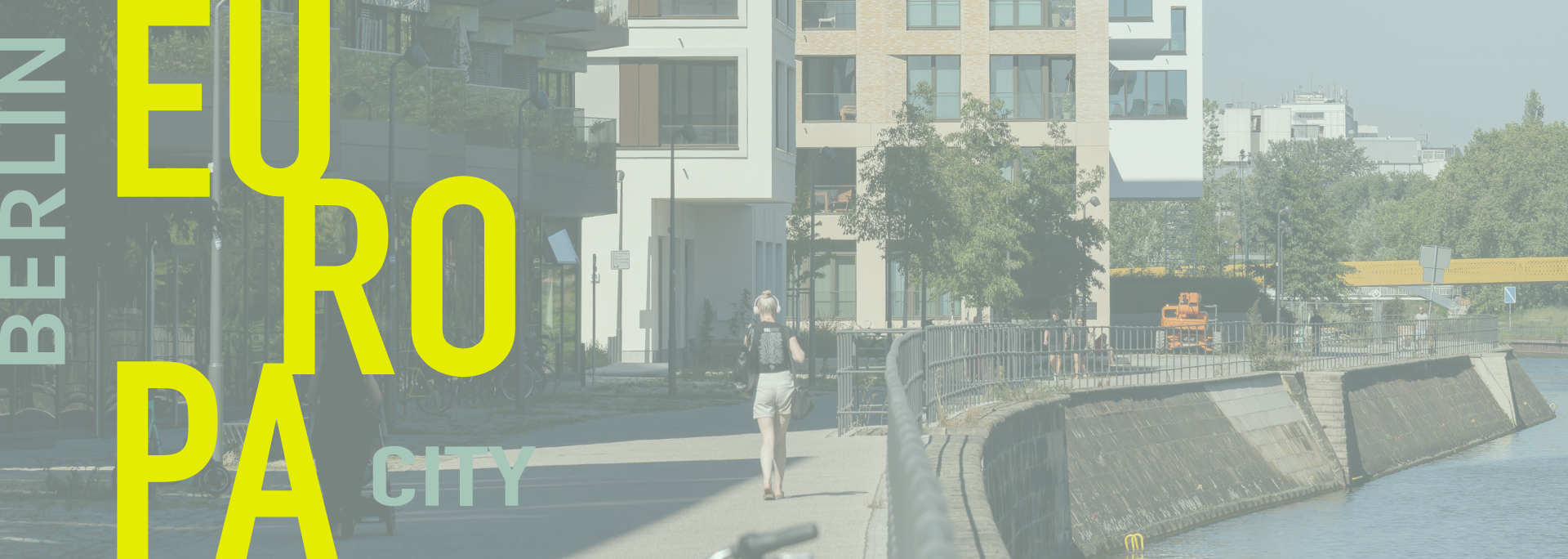A model of diversity

When Berlin's new main station opened in 2006, it received a lukewarm reception from the press. The Neue Zürcher Zeitung wrote, "Railway passengers will in future arrive at one of the most disconcerting places in Berlin. The new station is located in the heart of the city and yet a no man's land." The online publication Baunetz called the surrounding area a "dusty wasteland," and the daily paper Süddeutsche Zeitung noted that, "there is nothing at all out there."
At the time, few people anticipated that the opening of the station would herald the transformation of the adjacent 61-hectare "prairie-like wasteland" (Der Spiegel) into a new, dynamic and economically thriving urban quarter.
Over the next 17 years, what was once a wasteland was transformed into Europacity, and a vibrant addition to central Berlin. Today, you will find modern residential areas and thriving ground-floor retail, as well as the headquarters of several global corporations. The past hotel and restaurant shortages criticised in 2006 are also history. Europacity now has extensive accommodation options and a range of international dining experiences, from fast food to fine dining.
Europacity is now a thriving business hub and still growing. Initially, its prime location with excellent transport connections to the main station and its proximity to the government district, housing key ministries such as the Federal Ministry of Economic Affairs and Climate Action, Education and Research, as well as Digital and Transport, played a pivotal role in its growth. However, over time, Europacity has become an economic hotspot, benefitting from the synergy created by the presence of prominent companies and gaining international recognition for its numerous innovative and sustainable office buildings.
Where there was once a wasteland, life now flourishes
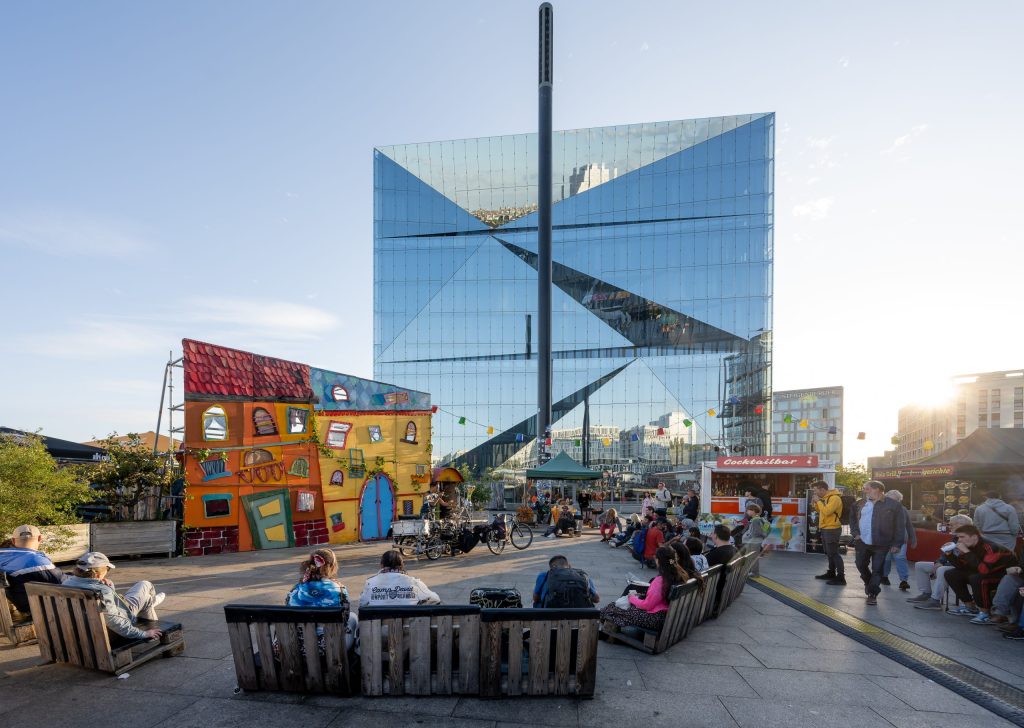
The first building, Tour Total, housing the German headquarters of the multi-energy company TotalEnergies, opened north of the main station in 2012. Then, HumboltHafenEins, considered Berlin's most sustainable building at the time, was constructed to the south with PricewaterhouseCoopers as the primary tenant. Then, the John F. Kennedy Haus, Steigenberger Hotel, and IntercityHotel were built to the southwest of the station. A year later, the company headquarters of 50Hertz Transmission was completed adjacent to Tour Total, and in 2018, an office building for KPMG was added, both of them becoming notable architectural landmarks in the area surrounding the main station. This pattern continued as other well-known companies, including Scout 24, Oracle, Medios AG, and the prestigious law firm Luther, also established their presence in Europacity, as well as many more.
In 2020, cube berlin, an innovative multi-tenant office building, opened on the station's southern forecourt, and in 2022, a dedicated campus for digital giant SAP opened in Quartier Heidestrasse. Currently, a new office tower for KPMG (scheduled for completion this year) and another for Deutsche Kreditbank DKB, Upbeat Berlin, are under construction, the former near the southern end of Heidestrasse, the latter as the crowning jewel of Europacity at its northern end.
Europacity, of course, is more than just a business district; it is an exciting part of the city centre, bustling with life, with over 3,000 apartments. Europacity's vibrant, harmonious mix of living and working is the result of meticulous planning, as well as well-designed public spaces, convenient essential amenities, a diverse range of services, ground-floor shops, and numerous cafés and restaurants. Thanks to its seamless blend of living and working, Europacity has become an integral part of the lives of the workers in this rapidly growing quarter as well as those who live nearby.
Not everyone you encounter walking the streets here lives or works in Europacity. Tourists also come to admire the modern architecture, as well as visit the shops and restaurants. Occasionally, you'll spot a long-time Berlin resident looking around amazed, capturing moments on their mobile phone as they try to recall that just 17 years ago, there was little to see here except for a colossal train station that, at the time, seemed out of place in what was then considered "the middle of nowhere."
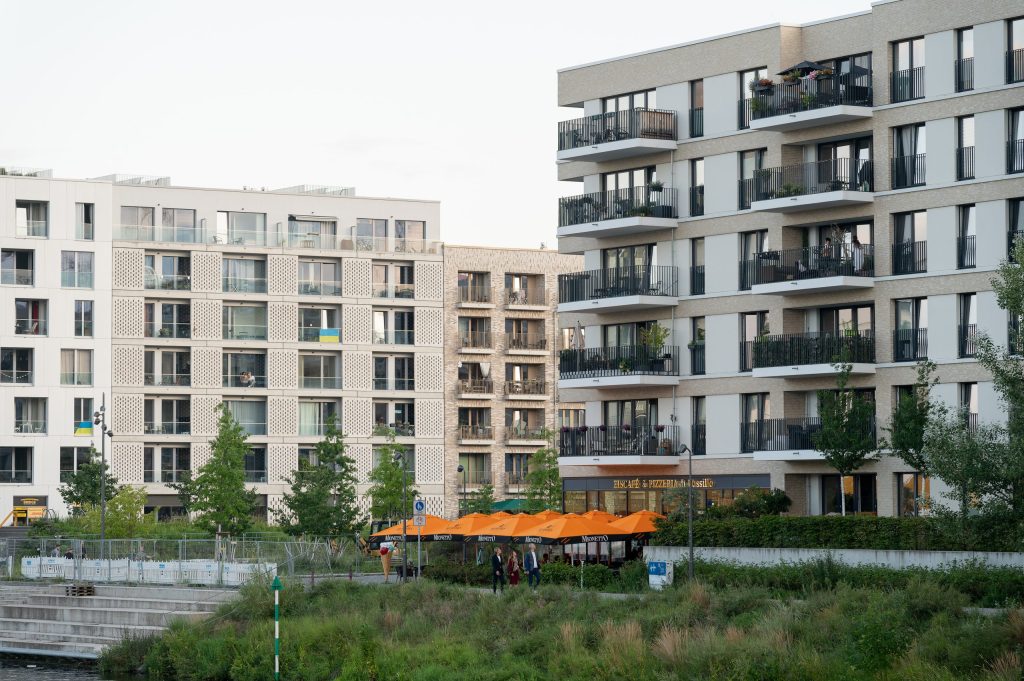
The forthcoming DKB campus in Europacity underscores DKB's strong commitment to Berlin's future as a thriving business hub. It fosters a dynamic synergy between modern cutting-edge workspaces and eco-friendly, energy-efficient architectural design. This prime location in the capital will serve as a central hub for our employees, encouraging both physical networking and efficient digital work practices.
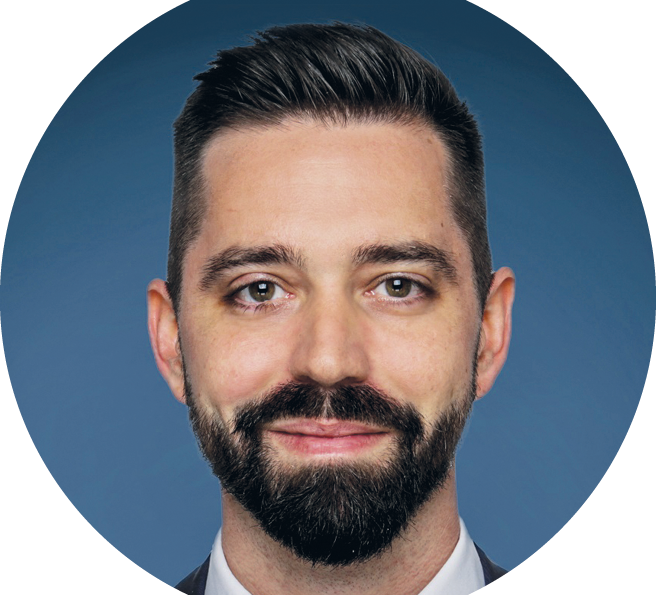
Alexander Hufnagl
DKB Campus
We have been involved in the planning and legal aspects of Europacity's development since its inception and continue to do so today. It made perfect sense for us to relocate our Berlin office from Mitte to this innovative neighbourhood, where we can expand and connect with other key stakeholders who are also establishing their presence here. As one of Germany's leading law firms, we see great opportunities for growth in this new exciting environment.
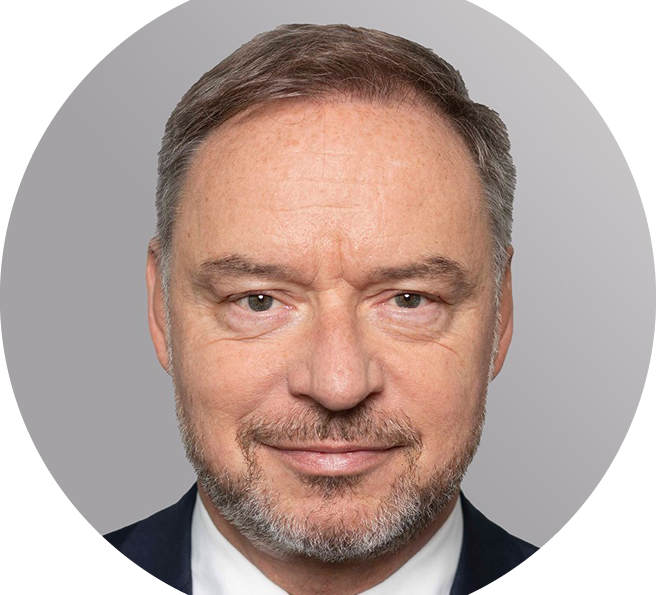
Martin Fleckenstein
Luther Law Firm, Europacity
